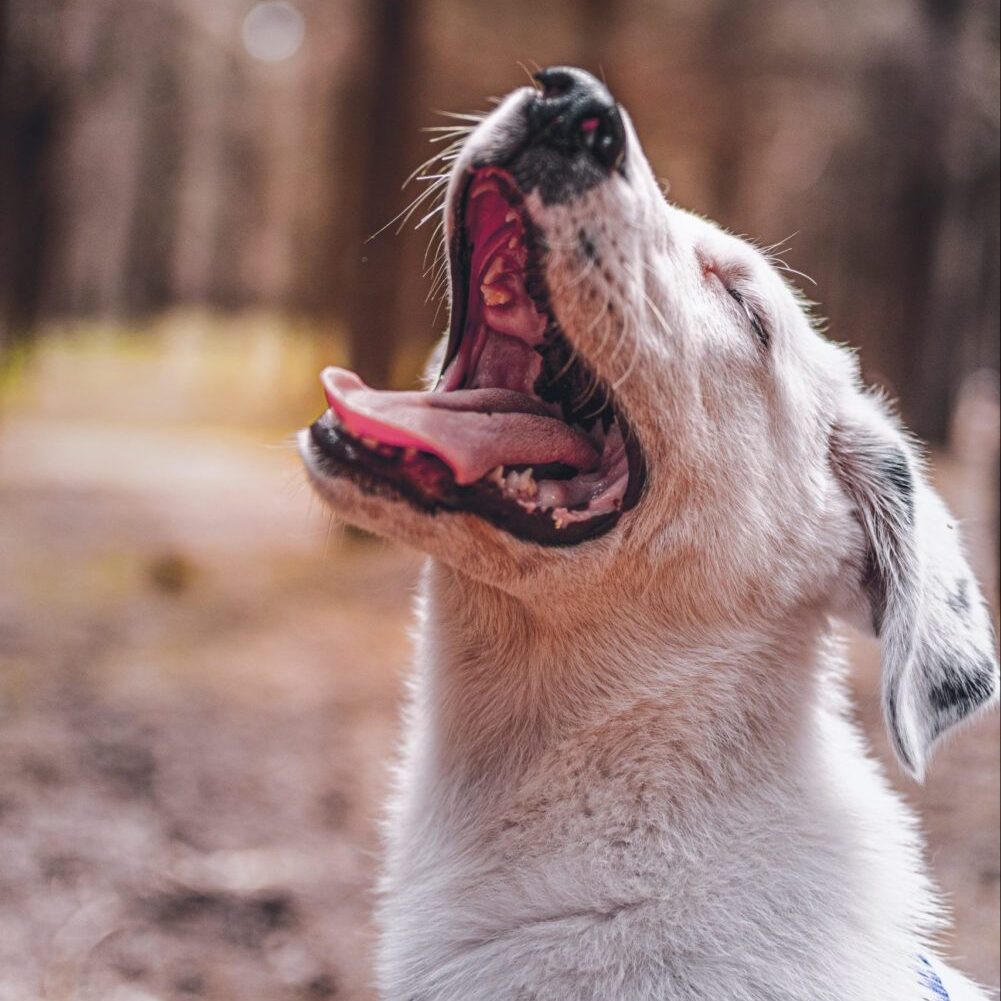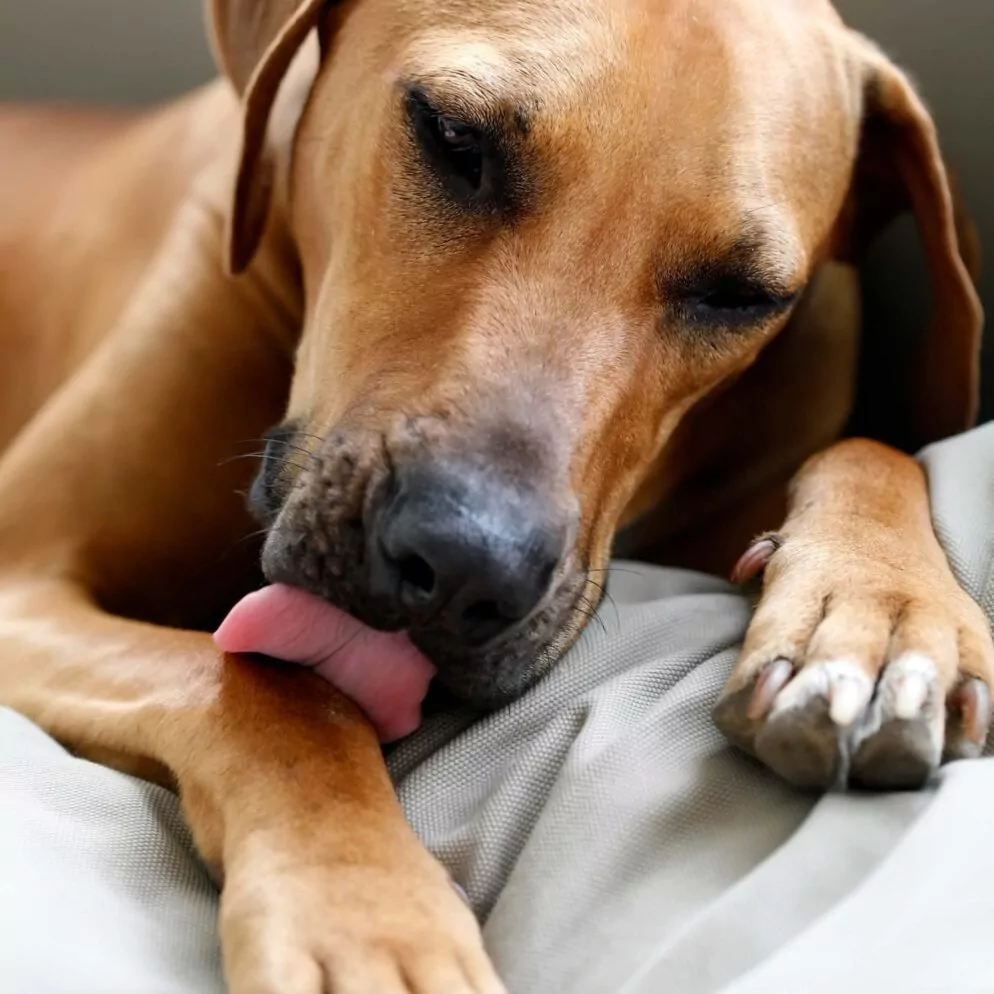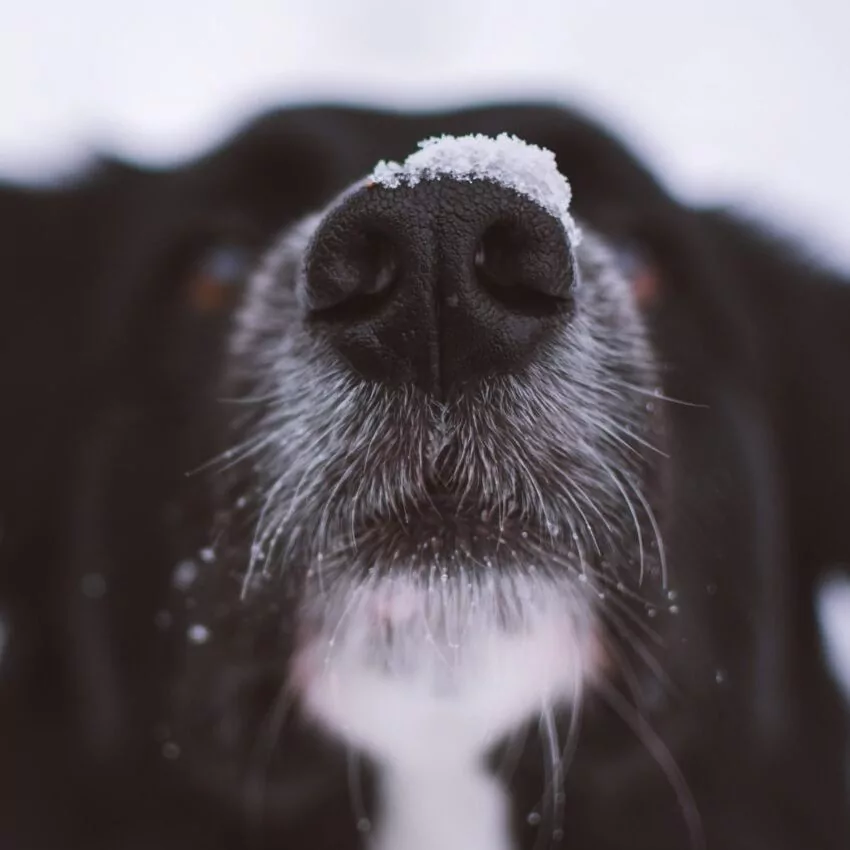Dog Health
Bath Tips and Tricks for Your Dog

Here’s the skinny on canine skin. It’s a dog’s largest organ—yep, it’s an organ, just like the eyes, heart, or kidneys. All dogs depend on healthy skin to regulate their body temperature, provide a layer of protection against infection, and to stay hydrated, so keeping tabs on your pupper’s coat is a must. When skin is not at its healthy best, it can impact a dog’s overall health. That goes for hairy dogs, hairless dogs, dogs with curly coats, dogs with double-layered coats, dogs who shed, shed, shed all the time, dogs of all sizes and ages.
Universally, we all agree that we much prefer cuddling up to dogs with coats that smell fresh and not like dirty socks. But without care, canine skin and fur can get dirty, greasy, stinky, and matted. Dogs can become itchy from flea infestations. They can develop painful rashes and sores triggered by allergies or even reactions to stressful situations.
So, when it comes to the art of bathing dogs, many questions bubble to the surface: Why bathe at all? How often? What shampoo? What is the best water temperature? Where is the best bathing spot? How can I avoid being drenched in the process?
For answers, let’s dive right in.
“The goal is not to bathe dogs more than they need,” says Lowell Ackerman, DVM, a board-certified veterinary dermatologist, global veterinary consultant, and author of several veterinary textbooks from Westborough, Massachusetts. “There are wash-and-wear breeds like retrievers as well as hairless breeds like the Chinese Crested who develop oily skin and need more baths. But what we do not want to do is overbathe because you risk stripping natural oils off your dog’s skin.”
Times When Baths Are a Must
Certain situations, however, mandate bathtime. You may have experienced any or all of these scenarios. Your dog bounds your way with a big grin on his face after rolling in duck poo or splashing in a mud puddle. Or dust flies off your dog’s back when you pet him after long hikes on dirt trails during a family camping trip.
Baths are needed when you notice or smell changes in your dog’s coat. Common causes:
Allergies. “The most common medical reason to bathe a dog is due to allergies,” says Dr. Ackerman. “When a dog develops an allergy to, say, a food or something in the environment, like grass or pollen, his skin can become inflamed and itchy.”
Temperature of bath water can help or hamper your dog’s skin issues.
“With inflammation, you can get an overgrowth of bacteria and yeast on the skin surface,” says Ackerman. “So, for a dog with allergies, you need to soothe the skin with cool water rather than warm or hot water, which will make the skin become even more itchy. Same goes for dogs who get poison ivy. You need to use cool water and gentle dog shampoos that contain oatmeal.”
Not surprisingly, veterinary dermatologists see their fair share of dogs with skin issues. Don’t be surprised if your veterinarian or the derm specialist you take your dog to opts for using antiseptic-type shampoos to combat bacteria and yeast in your dog’s coat instead of an antibiotic injection.
“There is a concern about dogs developing antibiotic resistance if given an antibiotic injection to treat such infections,” Ackerman says. “To spare our use of antibiotics, there is renewed interest in managing these skin infections topically with gentle antiseptics, such as chlorhexidine, rather than with antibiotics.”
Pay attention to what you are feeding your dog to reduce the risk of allergic reactions. Talk to your veterinarian about possibly adding fish oils and foods like salmon or sardines to your dog’s diet. All of these contain omega-6 fatty acids that can help soothe itchy and inflamed skin.
Pesky pests. Fleas and ticks can hop on your dog’s coat, take a bite, and cause red skin, itchy skin, and bumps. All of that adds up to pure misery for your dog—and for yourself as you listen to him constantly scratch, scratch, scratch. A flea invasion can also cause anemia, a lack of healthy red blood cells. Work with your veterinarian to select the right flea and tick preventive for your environment and your dog’s lifestyle. Give your dog year-round coverage, no matter where you live. These parasites are in every state and they don’t hibernate.
Hot spots. These sores are oozing, red, inflamed, and painful. They can be caused by bacterial infections, or from moisture trapped in the coat after a day of swimming. They can also be caused by stress, such as a dog frightened by the sound of thunder, fireworks, or even a noisy vacuum cleaner.
That’s because some dogs may become bored, feeling confined or even overly anxious. They may start to chew on their tails and backs in an effort to calm down. Unfortunately, these actions can lead to skin abrasions and painful hot spots. Take the time to do regular head-to-tail wellness checks on your dog at least weekly to catch any early signs of skin distress that may be treated promptly – and at less cost – at the veterinary clinic.
Bathing Do’s and Don’ts
Dog shampoos vary in quality and ingredients, making your mission to select the right one for your dog a bit daunting.
“A lot goes into choosing the right shampoo and conditioner to use on a dog,” says Rebecca Barnett, head groomer at All God’s Creatures Grooming in Pflugerville, Texas. “Which shampoo to use depends on a number of factors, including the condition of the coat and skin, the type of hair–hard, wiry coats shouldn’t be conditioned, for example–and the frequency with which they are bathed.”
Barnett recommends gentle oatmeal shampoos on most dogs but medicated types for dogs with allergies and deep-conditioning shampoos and conditioners for dogs who shed or have mats.
“We only use gentle, high-quality formulas designed not to strip the coat,” she says. “We use tearless formulas on faces to help prevent irritation to the eyes.”
Eye goop can be challenging to tackle. Some breeds, like Bulldogs or Boston Terriers, tend to develop discharge around their eyes. Be your dog’s best health pal by getting into the habit of gently wiping the face daily with a warm, wet washcloth to remove the discharge.
“It is important to keep the face folds clean on a regular basis, because folds can grow bacteria and yeast,” Ackerman says.
Avoid these at-home bathtime mistakes:
- Being impatient or in a hurry. Dogs can detect our emotional state with their superior sense of smell and by reading our body language. Speak in a happy, can-do tone and schedule a bath or groom when you have the time so you aren’t rushed. Use this time to bond with your dogster.
- Using shampoo made for you. A shampoo and condition that may keep your hair looking healthy and shiny may be downright harmful to your pooch. Never use shampoo formulated for people on your dog because some ingredients can cause skin issues.
- Forgetting to brush your dog before getting the coat wet. This pre-wash brushing is vital to remove excess hair and tangles in the fur.
- Brushing the wrong way. Don’t scrape a slicker brush straight across your dog’s skin. “The pins are sharp and will scratch the skin,” says Barnett. “Instead, tap the slicker brush onto the hair and pull straight back out in a quick motion: imagine pedaling a bicycle.”
- Getting water in your dog’s nose and ears. Water that reaches the ear canal can lead to infection. Water in the nose can get into the lungs and cause dogs to choke and panic. Do not use the handheld spray nozzle on your dog’s head. Instead, use a wet, warm washcloth to clean his face to reduce the risk of soap getting into your dog’s eyes or excess water into his nose and ears.
- Selecting the wrong “bathtub” for the size of your pet. For small dogs, opt for bathing in a bathroom or kitchen sink rather than a large bathtub or walk-in shower. “Never walk away from your dog in the bathtub because dogs are unpredictable and a jump can cause serious injury,” adds Barnett. “Make sure you have everything you need within arm’s reach before you start.”
- Causing your dog to slip and slide. Place a nonskid mat in the tub, walk-in shower or sink before your dog gets in to secure his footing when the bath time begins.
- Forgetting bath accessories. Before you call your dog, make sure you have all the bath items you need in the bathroom or other cleaning area. The supply list should include at least two thick bath towels, a washcloth, dog shampoo and conditioner, the proper brush, a comb and a hand-held hair dryer.
- Not remembering the biggest must-haves: treats. Make it a memorable experience by having a stash of bite-size treats to dole out. You can also preoccupy your food-motivated dog by taping a paper plate with smears of peanut butter or spray cheese on the tub wall at eye-level for him to lick. After toweling, consider sprinkling treats on a LickiMat to occupy your dog’s attention while you complete the brushing and drying session.
- Failing to completely rinse all shampoo from the coat before drying. If you do not rinse completely, your dog can end up with skin issues. One way to tell if you have rinsed thoroughly is to use your ears. If you hear a squeaky-clean sound when you gently squeeze the wet hair, that’s your clue that you have rinsed out all the shampoo.
- Frightening your doggy with the hot, loud blow dry. If you use a hair dryer, keep it at a low setting to avoid burning the skin after you have towel-dried your dog.
Know When to Throw in the Towel
If your dog has matted fur, has a coat that requires regular baths or trimming (such as a Poodle or Yorkie), or is too wiggly for you to safely bathe, book a “spaw” day at a veterinarian-recommended grooming salon. Barnett is finishing her Fear Free Pets grooming certification, but is already employing techniques to reduce anxiety, stress, and fear in her doggy clients.
“The biggest thing we did was to cut back on the number of dogs we took per day and space their appointments further apart,” she says. “The dogs spend less time in kennels and aren’t here as long, so there is a lot less stress in the salon overall. We have also started using happy hoodies when velocity drying and have moved toward doing more low-key brush/fluff drying, which is quieter and also less stressful.”
Did you find this helpful? Share it!
Questions for your Vet
- What is the right brush to use on my dog’s coat?
- What is the safest way to remove a mat in the fur?
- How can I make bathtime a more welcoming event for my dog?
About VetScoop
Pets make our lives better. At VetScoop, we’re on a mission to return the favor by giving you access to trustworthy, science-based information so you can provide the best possible care for your pets.
Related Articles We Think You'd Like





